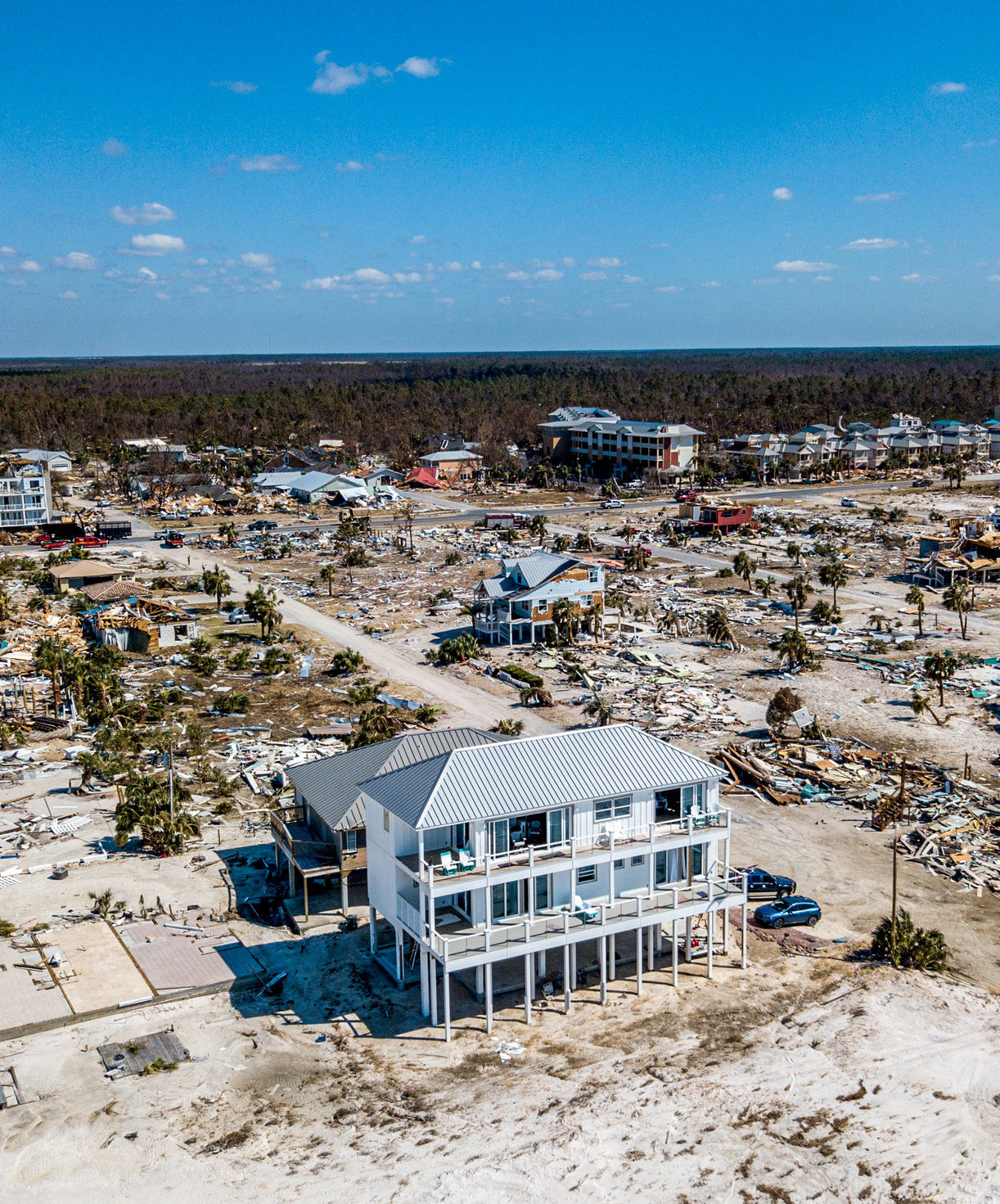
Homeowner’s insurance provides a level of comfort to many in this uncertain world. In addition to mitigating some risk, insurance is a foundational mechanism that facilitates the financialization of housing. It is hard to imagine but the first commercial homeowner’s insurance policy in the US was introduced in the 1950s. Prior to this period, the home provided people with relative stability and modest protection from the world’s everyday uncertainties. The home was not protected from natural disasters, nor was it seen primarily as a financial asset. When a home was being constructed, there was little or no consideration for its resale value, future valuations or potential for equity extraction.
Homes, no matter how modest, had value, but that value was embedded in its ability to provide for the necessities of life. This mindset and understanding stabilized neighborhoods and helped establish commons goals within a community. When tragedy struck and a shelter was destroyed, the only remedy was to rebuild or simply move on. The only way to mitigate against these risks was to build smarter, better and stronger — to develop assurance in the structure rather than relying on compensation from an insurance company. There is a big difference between insurance vs assurance.
Even in our sophisticated modern society, it is interesting to note that most homeowners’ policies do not cover what the industry considers “acts of God.” The legal definition of “act of God” is an unanticipated grave natural disaster or other natural phenomenon of an exceptional, inevitable, and irresistible character, the effects of which could not have been prevented or avoided by the exercise of due care or foresight. Therefore, most policies exclude natural disasters such as flood, radiation, earthquakes, sinkholes, hurricanes, tornados, severe storms, fires caused by lighting-strikes, and mudslides, as well as acts of war. This gap in catastrophic coverage is often and imperfectly addressed by state and federal governmental agencies and programs.
As severe weather events increase in frequency and destructive power, cracks are forming in the viability of catastrophic insurance coverage in many areas. I contend that the insurance system has provided a false sense of security or comfort, which has kept communities and the building industry from aggressively pursuing cost-effective solutions for these risks.
The Florida home shown here was a structure that survived Hurricane Michael — a Category 5 hurricane with sustained winds of over 150 miles per hour, which pummeled over 20 Florida counties in 2018. Michael resulted in 59 deaths in the United States and an estimated $25 billion in property damage. The owners of this home spent an extra 15-20% to go above and beyond the updated Florida building codes. The upgrades included 12” thick reinforced concrete walls, 40-foot pilings driven deep into the ground, impact resistant windows and steel cables used to hold the roof in place. The roof was designed to avoid the airplane wing effect and the soffit was sealed to prevent the wind from getting under its edge. It is interesting to note that the owners of this home initiated the construction upgrades to match their comfort level and assurance of building a home in an area prone to hurricane activity.
